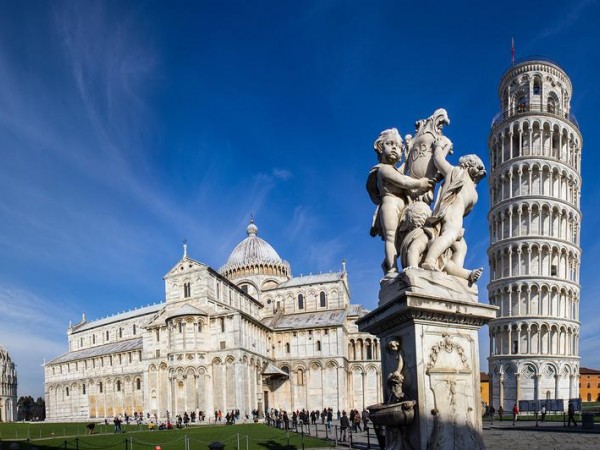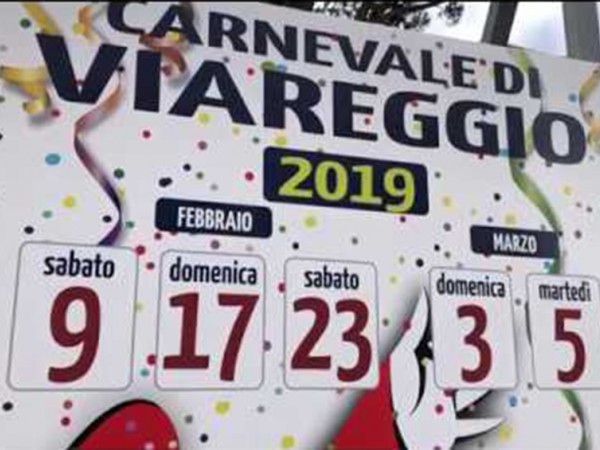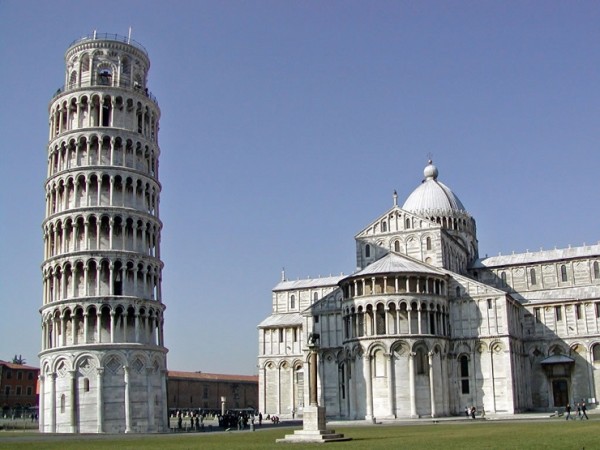
Kitchen Pisana
There are no translations available. Zuppa Pisana Ingredienti per 4-5 persone: 1 cipolla 2 carote Un gambo di sedano Un po' di nepitella il quanto basta Olio extra vergine d'oliva Fagioli borlotti
Few towns in the world can boast of a past as splendid as the one of Pisa. In the course of more than ten centuries, its citizens have left a permanent mark on the history and the art of western civilization . The history of Pisa is marked by an impressive series of successes: the early fights against the Sarassins established Pisa's dominant position in the Mediterranean; the active participation in the Crusades led to a great expansion of the marittime trade and opened Pisa to the culture of the Moslem world ; the foundation of a powerful Republic and of one of the oldest European Universities where the famous scientist Galileo Galilei was a student and later a professor. All these important events have had a great influence on Italian and European history and give Pisa, a town which is still "mesure d'homme" the right to be considered one of the capitals of the western world.
To summarize the history of Pisa from its distant and still poorly known origins to the present time is a difficult task, perhaps more difficult than for other Italian cities, owing to the many different influences that determined the developpement of its merchantile power of its art and of its culture.
Pisa's geographical location, open both to the sea and to the fertile land that surrounds the town, has attracted since time immemorial different people from different civilizations which makes it extremely hard to reconstruct in detail the course of the town's history.
The original inhabitants were Liguri and Etruscans : their history and developments are poorly known but are slowly and patiently and competently being reconstructed by archeologists. Rather early Pisa fell under the influence of Rome and already in 89 B.C. the town was granted Roman citizenship : the commercial importance of Pisa began to increase rapidly and its future destiny as a maritime power began to take shape. Even after the fall of the Roman Empire, during the difficult centuries when the Barbarians were raiding and sacking the whole of Italy, Pisa managed to increase her economic and military power by developping her fleet, opening up new markets and fighting the Saracen Corsairs . Pisa could then be considered as the queen of the Mediterranean sea , and after the victories in Palermo, in Corsica, Sardinia and the Balearic Islands she became, in the XIth and XIIth century, the most active commercial centre of the Mediterranean. Pisa was probably one of the largest western towns of that period: those were the years when the monuments of the Piazza del Duomo were being built as a permanent memorial to the christian faith and to the political power of the Pisans.
However in the XIII th century one could notice the first signs of a crisis which was soon to imperil the economic and military power of the Pisan Republic. After several decades of internal fights between the various political factions, of battles with the neighbouring towns, of naval battles with enemies that were becoming more and more numerous, the Pisan navy was finally destroyed by the Genoese at the battle of the Meloria on August 6 1284 , the day of Saint Sisto, Pisa's patron saint. That marked the end of Pisa's maritime power: trade rapidly declined, the harbour began slowly to be buried under the sand brought by the river Arno. The coup de grace came on October 9 1409 when Pisa was obliged to surrender to Florence , the new "capital" of Tuscany. In spite of a short period of freedom (1495-1506), that was the beginning of a long period of economic depression and political oppression: Pisa became a small, poor provincial town and almost forgot the memory of her splendid past.
Only in the second half of the XVIth century the Medici, the rulers of Florence, began to take some interest in Pisa: new buildings were raised, old ones were restored, the University was expanded. In spite of this, until the unification of Italy in 1865, Pisa only lived in the shadow of Florence. With the annexetion of the Grandukedom of Tuscany to the kingdom of Italy, a period of economical and demographic expansion began for Pisa: small industries were created, the town began to expand outside of the old city walls, the university went trough a period of rapide quantitative and qualitative development which in turn helped the expansion of the service oriented economy. The period of prosperity that still continues today was interrupted by the destructions caused by the air raides and the fighting in the years 1943-1944 which caused the death of more than three thousand people and the destruction of part of the art treasures of the town.

There are no translations available. Zuppa Pisana Ingredienti per 4-5 persone: 1 cipolla 2 carote Un gambo di sedano Un po' di nepitella il quanto basta Olio extra vergine d'oliva Fagioli borlotti

The Cathedral Square is the heart of Pisa and the immortal symbol of the splendour and the power of the golden age of the Republic of Pisa. With its world famous monuments, the square can well claim to

MADNESS OFFER CARNIVAL 2019 Book your stay of at least 3 nights at our b & b Pisa Holidays, to take part in the wonderful Viareggio Carnival 2019. From 09.02.2019 to 05.03.2019, if you book a

Are you going to stay in Pisa at least 6 nights? Then take advantage of the 25% discount on our rustic style rooms. A rate reserved only for those who book from this site! The offer includes: > 25%

Are you planning your holiday, wanting to spend a few days in Pisa to visit the city, its pristine beaches and the beautiful natural park of San Rossore? Well! To meet your needs, the Bed And Breakfast